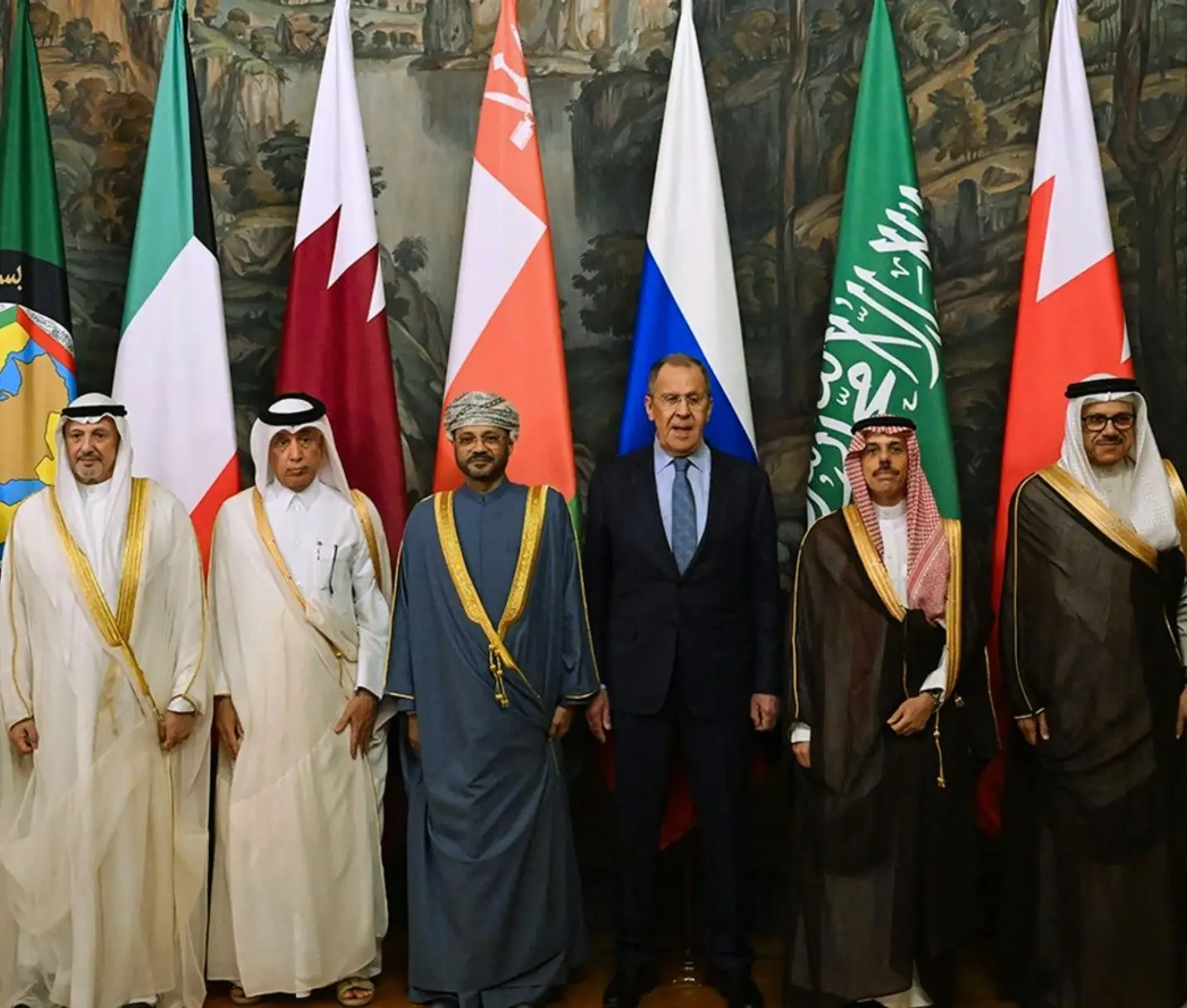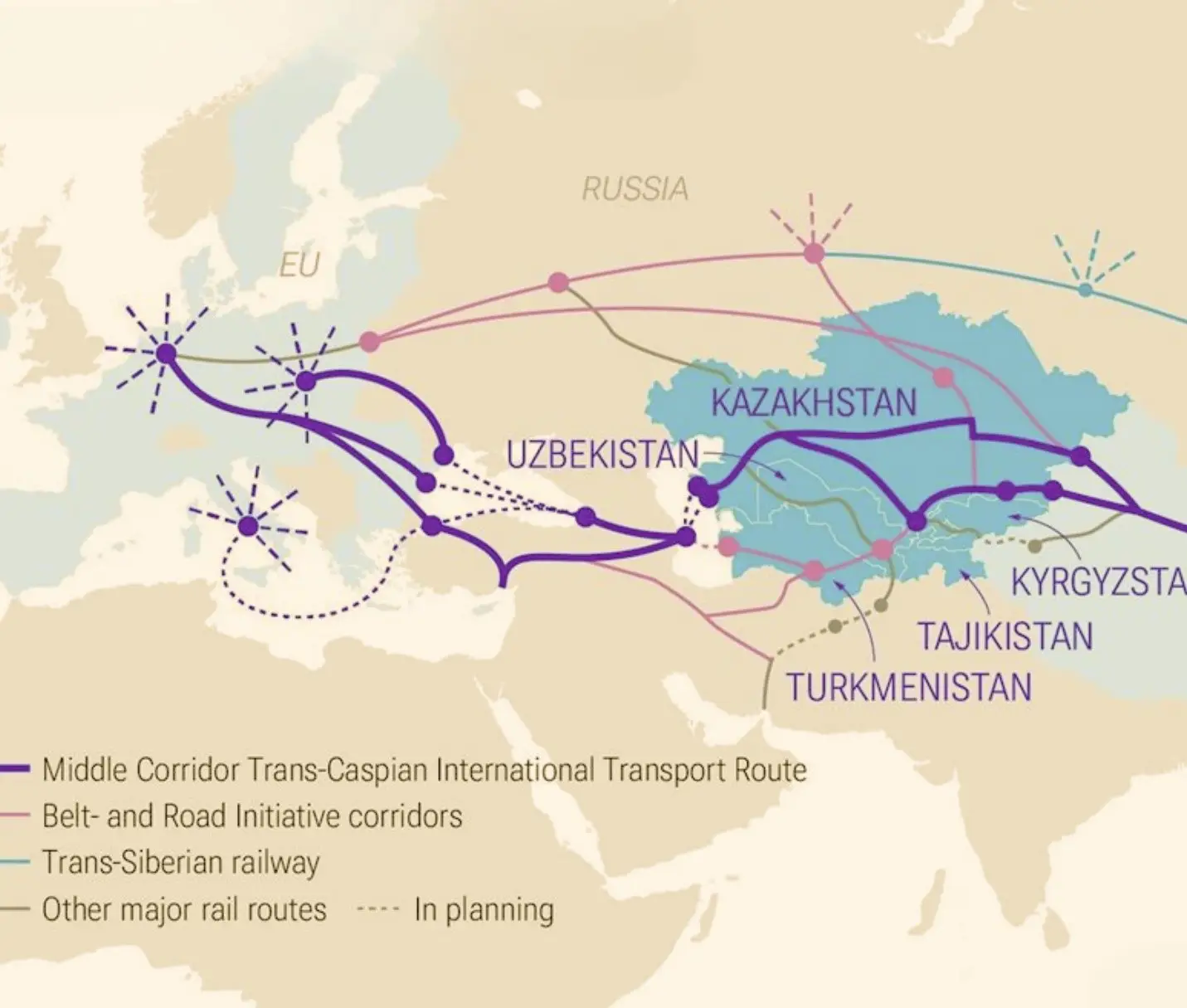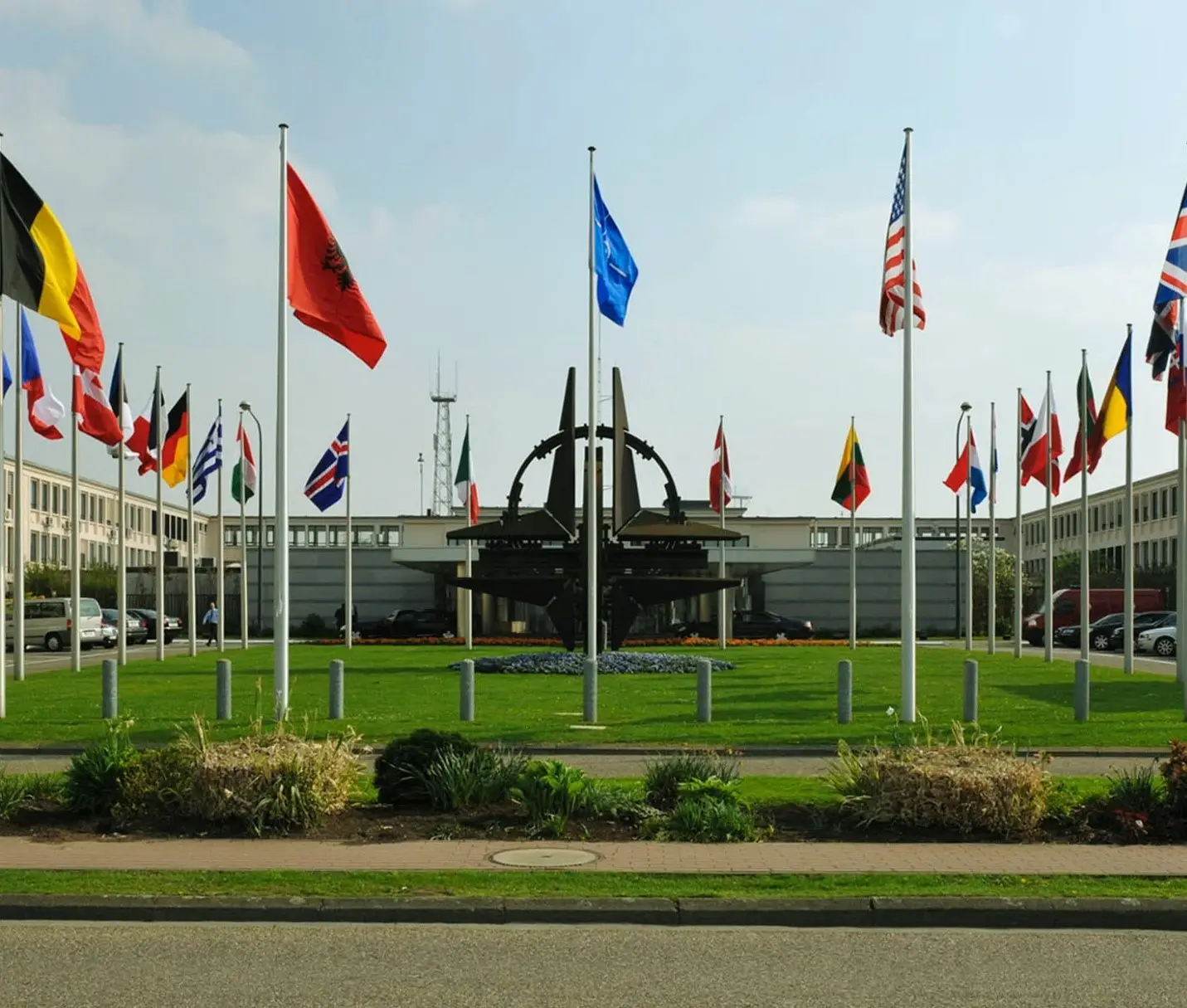The United States and China, one is super power and other one is economically super power in the global. These are two world’s biggest economies, and they have recently agreed to take a short break from their ongoing trade dispute. In May 2025, both countries decided to reduce some of the tariffs (extra taxes) they had placed on each other’s items. This move has brought a little relief to global and local markets, but many experts believe it’s only a temporary pause.
The trade fight between the US and China goes back to 2018. At that time, the US believed that China was not following fair trade practices. In response, the US raised taxes on goods and items that are coming from China, and China did the same in return to US made products. Over the years, these actions hurt businesses, increased product prices in local markets of both countries, and made international trade more difficult and harder.
Things became even more tense in early 2025, when the US introduced a very high tariff of 34% on Chinese imports. China reacted by also increasing taxes on American goods. This situation created problems not just in these two countries, but all around the world and in global markets.
In April 2025, the United States put high taxes on Chinese products, going up to a total of 145%. This increase happened in different steps. First, they added 125%, and then added 20% more on products related to fentanyl, making it 145% in total.
China also reacted by putting tariffs of up to 125% on American products and goods. These actions made the trade tension between the two countries worse.
However, in May 2025, both countries agreed to reduce the tariffs for a short time after holding talks. The U.S. reduced its tariffs on Chinese goods from 145% to 30%, and China reduced its tariffs on American goods from 125% to 10%. This change will last for 90 days so that both countries can continue talks.
In May 2025, both countries made a new decision. For the next 90 days, they would reduce their tariffs. The US also agreed to remove some of the additional tariffs that had added recently, and China promised to stop other trade restrictions that had been introduced in April on US made products.
This move is being called a truce. It doesn’t mean the trade war and conflict is over, but it gives both countries a chance to talk and create global market friendly policies with possibly find a long-term solution.
Investors and businesses were slightly hopeful after hearing the news of truce. Stock markets went up, and some companies said the decision could save them a lot of money. For example, Komatsu Ltd., a company that makes machines and vehicles, said it could save around $140 million.
Even though this agreement is temporary, it brought a sense of relief to businesses that have been affected by high tariffs for years globally. Many people think this truce might not lead to a permanent solution. The agreement only lasts for 90 days, and big issues between the US and China remain unresolved. These include disagreements over technology, copyright protection, and the rules for doing business in each country.
If the two sides don’t make progress in these areas, the trade war might continue after the truce ends.
The US-China trade war hasn’t just affected these two countries. Many other economies have felt the impact as well. According to research from the Federal Reserve Bank of San Francisco, some parts of the US saw big drops in income and jobs due to the trade war with China. Other countries that trade a lot with the US and China like Mexico, Canada, and Ireland also lost money.
So, when these two countries pause their fight, the whole world benefits, even if it’s just temporary. The trade truce between the US and China is a positive step, but it’s not the end of their issues. It’s more like a “time out” than a full agreement. The hope is that both countries will use this time to have serious talks and come up with long-term solutions that can help both countries to grow. Until then, businesses and investors will be watching closely, hoping that this pause turns into something more permanent and solid for long term.

Awais Mughal is a media analyst with MS in Media Studies from the International Islamic University, Islamabad. A media professional with years of experience at leading news channels, his work critically examines journalism practices, media ethics, and contemporary socio-political dynamics.





